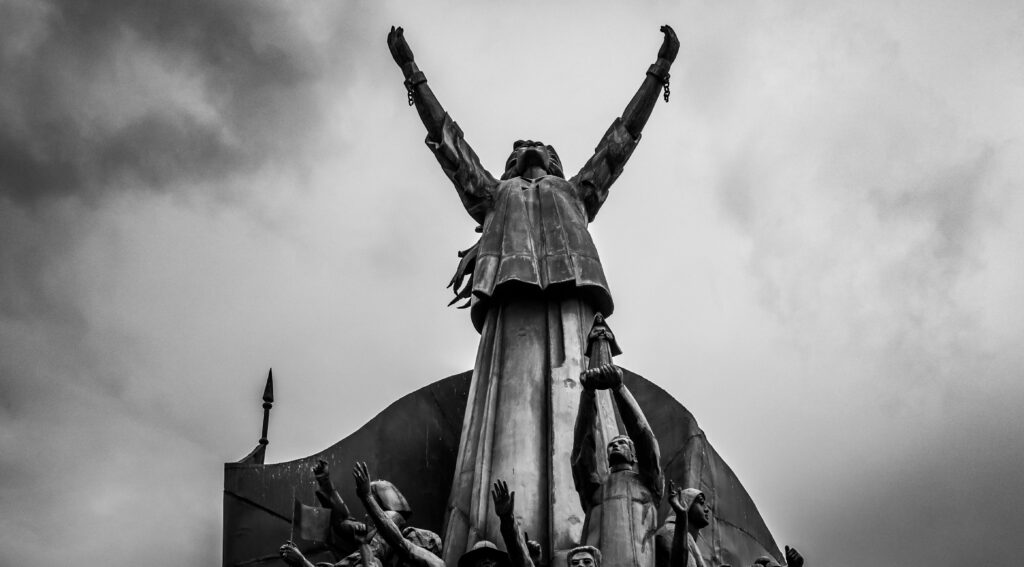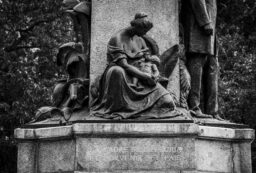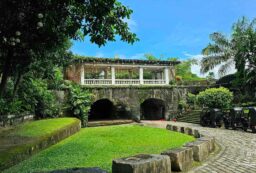For years, I have been passing by the People Power Monument on my way to church without truly grasping its significance. It stood as a silent witness to history, a gathering place for rallies even after the iconic People Power revolution of 1986. Every year, during its anniversary, individuals who played pivotal roles in that event would congregate to commemorate a crucial moment in Philippine history.
Growing up, my understanding of those times was filtered through familial and societal lenses. My family, particularly my grandfather, aligned with the political leadership of the incumbent administration. Campaign paraphernalias would abound our provincial home during elections. Yet, beneath the surface, there existed a palpable undercurrent of fear and constraint. Older relatives cautioned against dissent, warning of dire consequences for speaking out against the government or even engaging in seemingly innocuous acts like cutting trees.
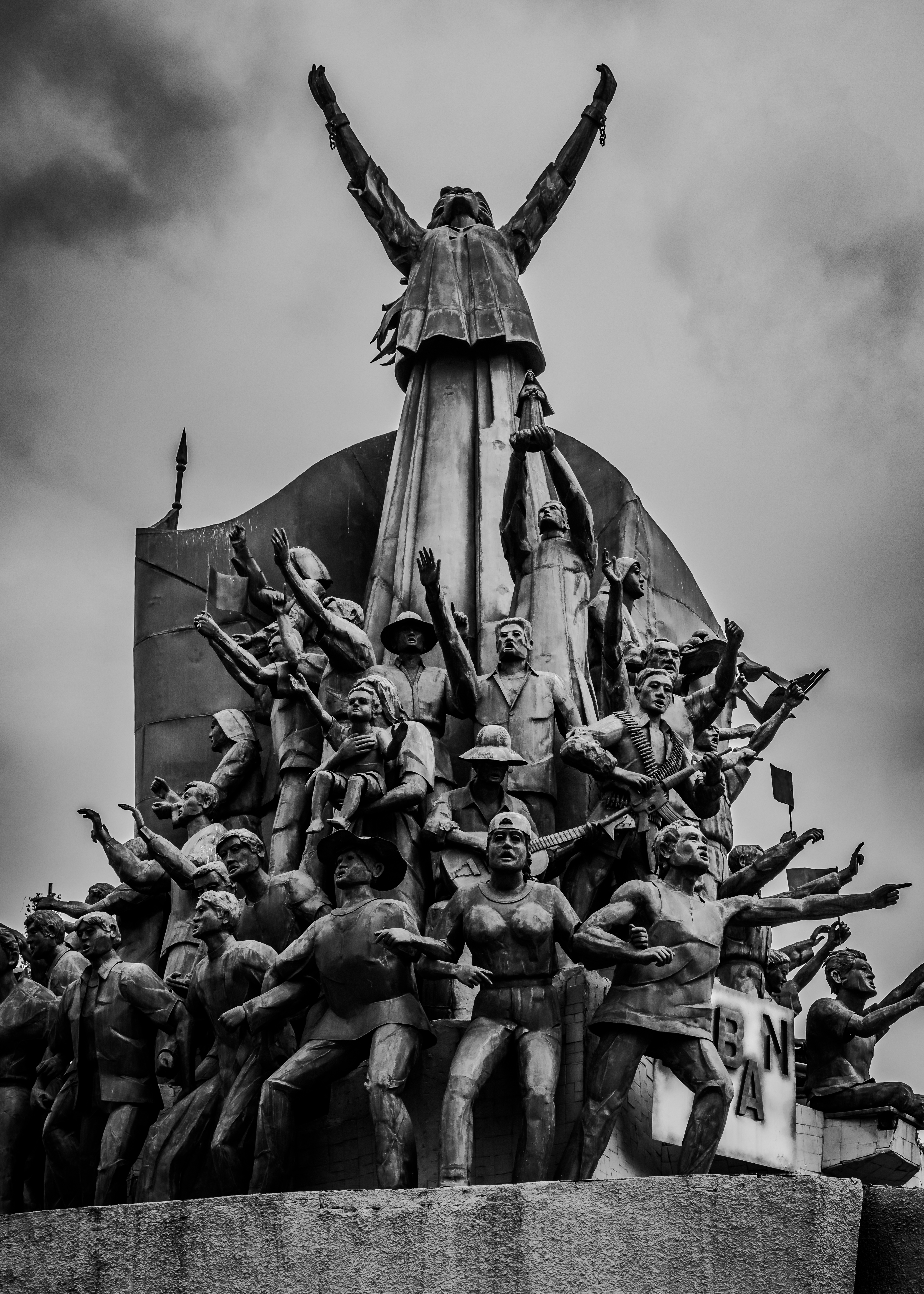
The media landscape was tightly controlled, rendering us oblivious to the magnitude of the dissent brewing in Metro Manila. It was only later, through education and personal reflection, that I began to comprehend the enormity of what transpired. The bravery of those who dared to defy oppression, symbolized by the figure of Benigno “Ninoy” Aquino Jr., etched into the monument, became increasingly apparent.
Recently, as my son embarked on a school project exploring the intersection of art and history, I found myself revisiting the People Power Monument. Its significance took on new dimensions as I contemplated on the legacy of courage and sacrifice it represents. What if the key contributors of this event had not made the ultimate sacrifice? Would our lives today be characterized by the same freedom we often take for granted? Would fear still loom large, stifling dissent and expression?
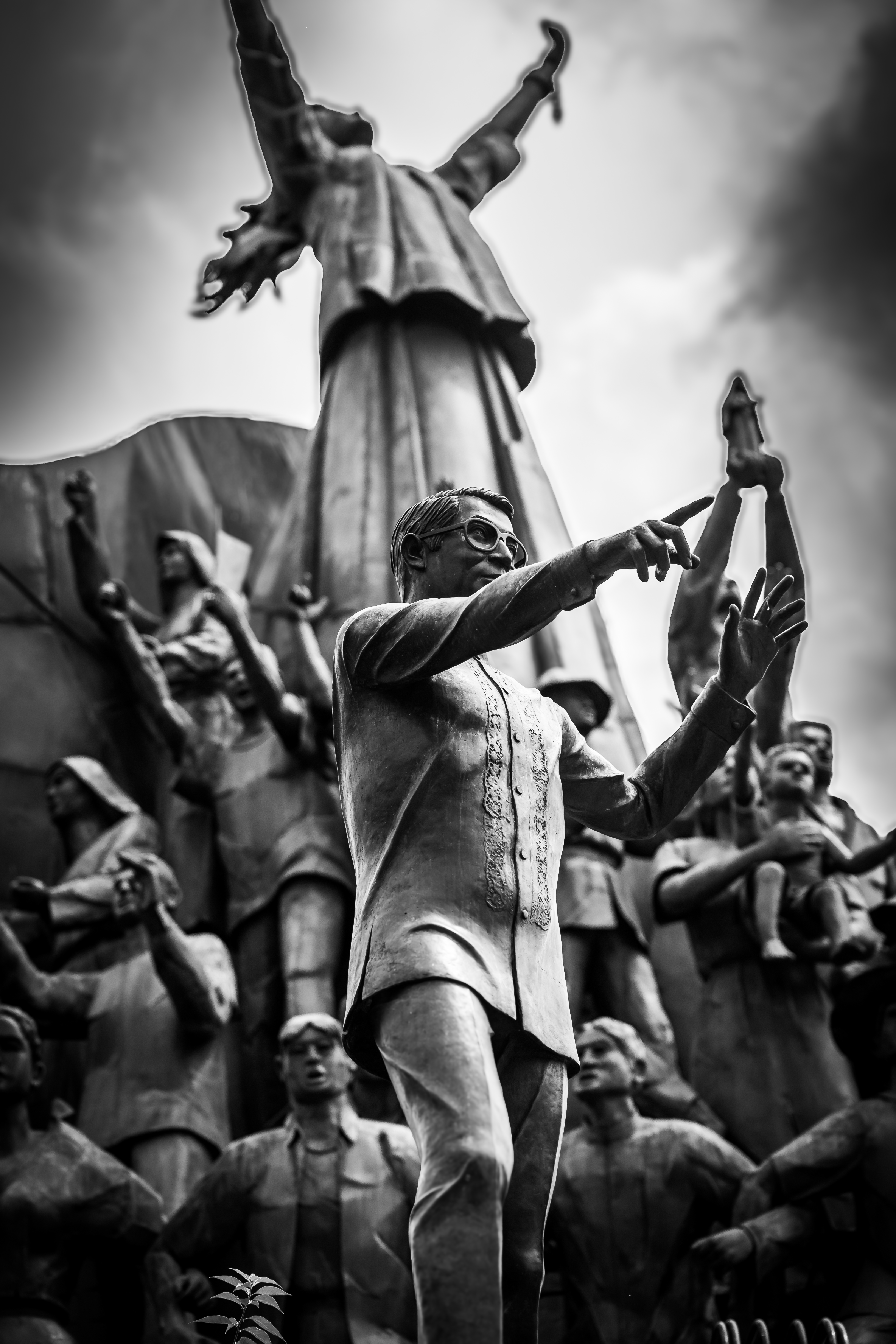
The upcoming 38th anniversary of the People Power revolution prompts reflection on the present government’s stance on this pivotal moment in our history. How will they choose to acknowledge it? Will they honor the spirit of unity and resilience that defined those days?
The People Power Monument serves as more than just a physical landmark; it embodies the collective courage and resilience of a nation yearning for freedom. It stands as a reminder that individual actions, no matter how seemingly small, can catalyze monumental change. As we commemorate this anniversary, let us not forget the sacrifices made and the battles fought, and let us recommit ourselves to upholding the values of democracy and justice for which so many have fought.


